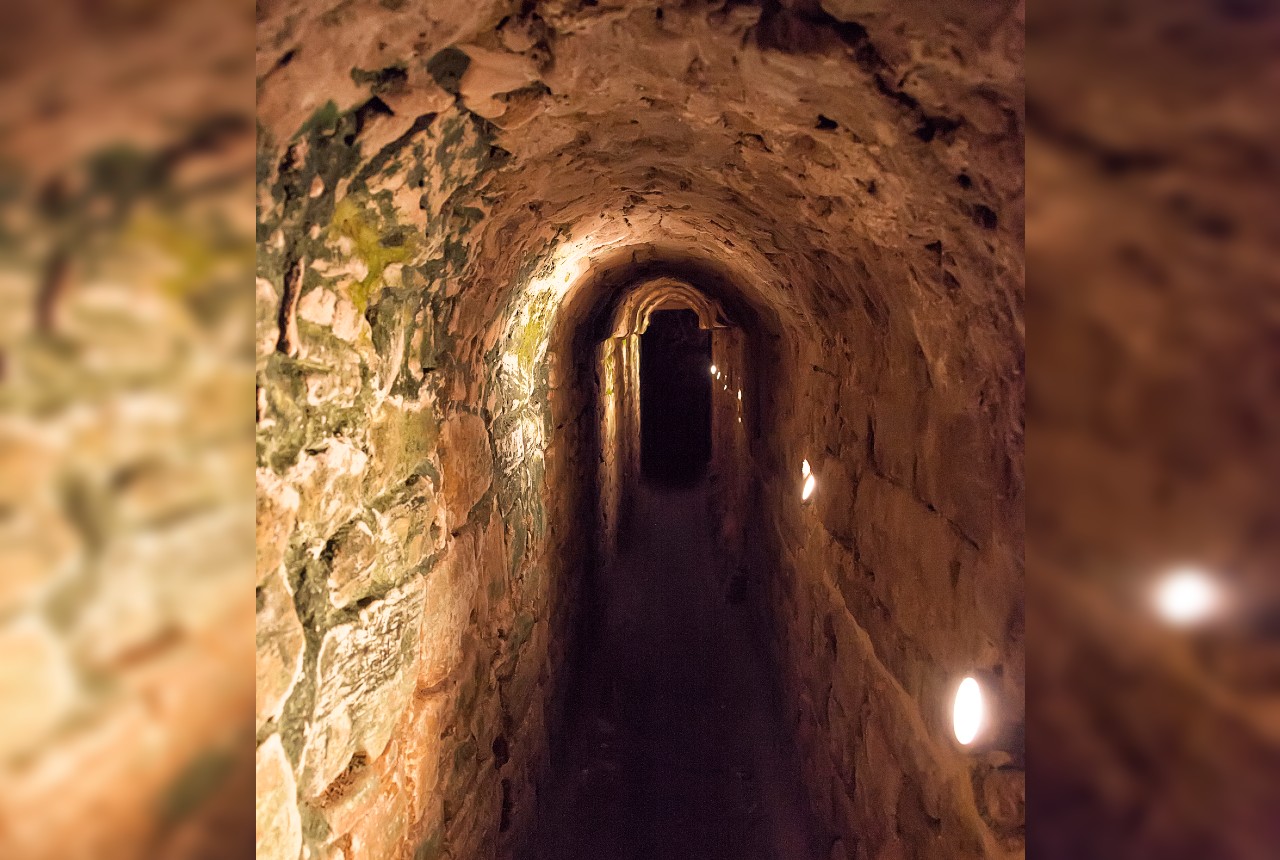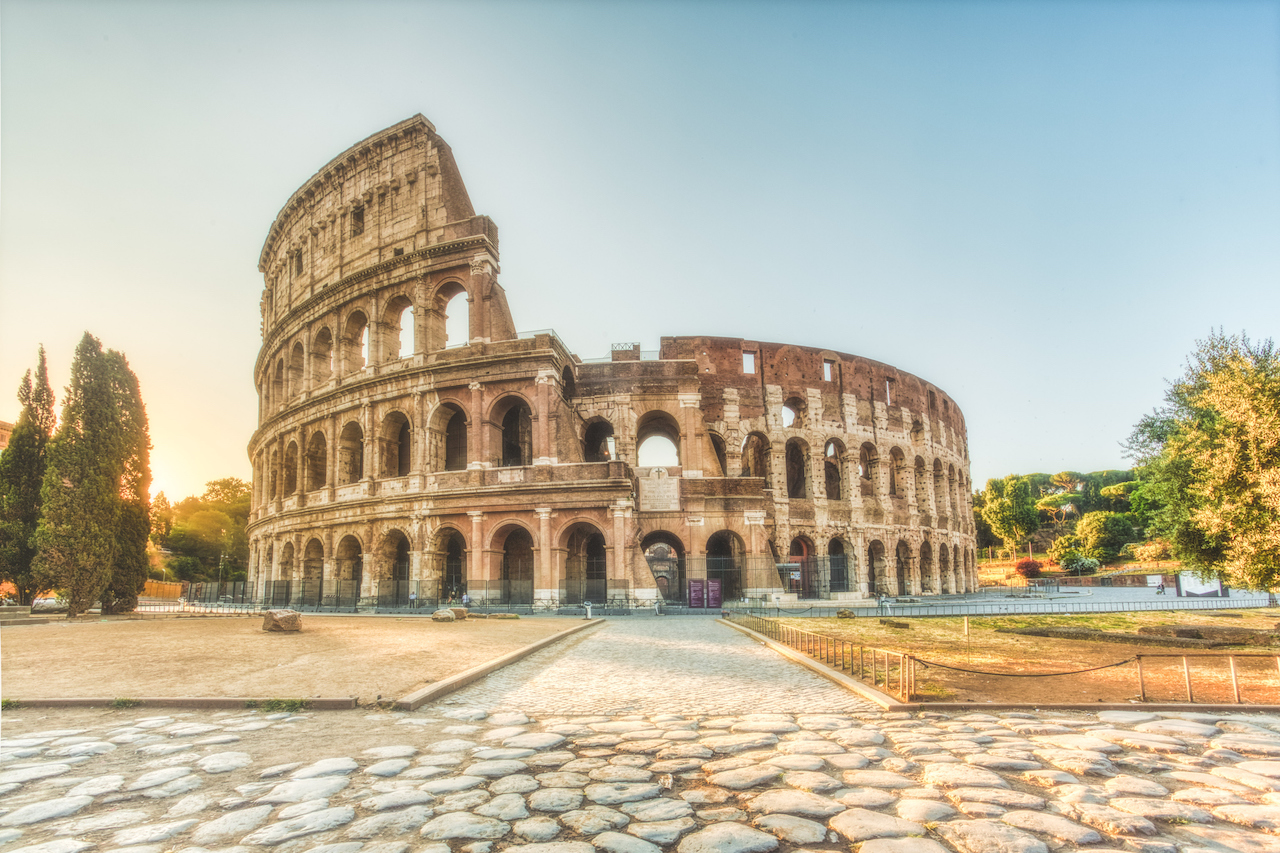7 Roman inventions: Incredible feats of ancient technology
Which ancient Roman inventions and technologies influenced the modern world?

Ancient Roman inventions and innovations didn't collapse with the Roman Empire. Although many millennia have passed, the masterful work of the Romans can still be spotted in daily life.
With an empire that spanned most of Europe, western Asia, northern Africa and the Mediterranean, according to the journal Science, the Romans held enormous power and influence in the ancient world. From the 8th century B.C. when Rome was founded — to the Western Empire's collapse in the 5th century, Roman technology influenced some of the tools, architecture and city structure of the modern world.
The Romans were masters of early environmental engineering, for example using water and their knowledge of physics to produce energy for mills, according to the journal Nature. Meanwhile, down on the farm, they were able to maximize their crop yields By using crop rotations and the 'food, feed, fallow' system, according to the journal Agronomic Crops. Splitting farms into these three allotments ensured there were always crops ready to pick.
However, not every ancient innovation can be chalked up solely to the Romans. For example, the first calendar was not a Roman invention, but the widespread use of the Julian calendar taught the large majority of the world a way to track passing time, according to the Journal for the History of Astronomy.
From their own unique inventions to improved techniques, here are seven lessons the Romans helped teach the world.
How to heat our homes
The Romans invented the hypocaust system — an early method for efficiently distributing heat. Click on the interactive image below to explore the features of this system.
What to do with our waste
Ancient Rome was home to some of the world's first sewer systems, according to the journal Sustainability. These underground sewers were first installed in around 500 B.C. and consisted of giant, carved-stone tunnels. Today many cities' sewers bear resemblance to those of ancient Rome — but their purpose may have been different, according to the journal of the Water Pollution Control Federation. In the modern world, a sewer's main function is to carry unsanitary waste away from urban areas. In Rome, however, their main role was to remove the excess water that could flood the streets.
Get the world’s most fascinating discoveries delivered straight to your inbox.
Some homes were connected directly to Rome's covered drainage system, others simply tipped their sewage into the streets, but streets were then washed to move waste into sewers. Sewage then travelled through a network of extensive tunnels, until it reached the Tiber, Rome's main river. The architecture of sewers hasn't changed too much since these ancient builds. In fact, the "Greatest Sewer" of ancient Rome is still in place today and is one of the oldest remaining Ancient Roman structures, according to the Journal of Transportation Technologies.

How to plan our cities
The grid layout of cities — also called centuriation — was one of the formats that ancient Romans adopted to divide and measure their land, according to the American Journal of Archaeology. The grid formation, which then organized Roman land into conquered territories, today organizes large cities into functioning roads and streets.
The Romans were highly skilled at turning bare land into built-up cities as many towns under the Roman Empire were expanded and redeveloped. The grid design may seem simple today, but before the Romans produced mass road grids, buildings and other town features often just followed the shape and geology of the land.
The idea of large towns and cities were also introduced to many countries by the Romans. Their criss-crossing street layout created central squares for trading, called insulae. This structure inspired the next city planners, according to an article published in the Journal of Space Syntax.
How to get from A to B
Over 9,000 kilometres of roads were built to transport and expand the Empire.
The secret to lasting concrete
Usually with the advancement in technology and knowledge, human-made items are continually being improved over time. However, the concrete made by the Romans was in fact stronger than our modern material, according to an article by the journal Nature. For example, while saltwater erodes modern concrete within a matter of years, some of the sea walls built by the Romans 2,000 years ago still remain intact. Details of how Roman concrete was produced was lost over time.
To uncover the Romans' construction secret, scientists at the Berkeley Lab at the University of California studied the mineral components of the ancient maritime concrete. They found that a mixture of lime and volcanic rock was used. This created a mortar and volcanic tuff. To add further strength, the mortar was placed in seawater. Water molecules hydrated the lime, which underwent a chemical reaction with the ash, cementing them together. This formed a strong calcium-aluminum-silicate-hydrate.
Even structures that were not underwater were hardy. For example, the skilled technique of the Romans, using volcanic rock and ash to build the Colosseum, has kept this famous wonder relatively intact.
Related: 20 inventions that changed the world

How to bind books
Although the Romans were far from the first to leave written records, they are credited with replacing scrolls with the first form of books, according to the BBC Culture. Called codices, bound wax tablets were used instead of today's paper.
The wax was engraved with a sharp instrument called a stylus, according to the Journal of Neurosurgery. These documents transformed literacy, as binding tablets so that they could fold together was thinner than the large clay tablets that were originally written on. Codices were also easier to handle than scrolls. Later, the wax tablets were replaced by lighter animal skins.

How to carry out surgery
The Romans invented many surgical tools and spread knowledge of surgical procedures, according to an article published in the Archive of Oncology. Many of these medical breakthroughs took place on the battlefield.
Some of the Greco-Roman tools that helped to shape modern surgery include bone drills and forceps, according to Neurology and Neuroscience Reports. Bone drills were used to remove diseased bone and were similar in appearance to today's corkscrews. Forceps were among the most common surgical tools in Roman times. They were used to remove small bone fragments from the body. In ancient Roman literature there are records of some of the earliest uses of syringes, according to the Faculty of Medicine at the University of Queensland. These were used to apply medical ointments.
It was a written law in ancient Roman times that if a woman died while giving birth, the child had to be cut out of her body, according to the U.S National Library of Medicine. This led to the first form of cesarean sections.
Additional resources
You can read more about the roads of Roman Britain at the English Heritage website. To learn about water and sanitation systems in Imperial Rome, watch this video by The Open University.
Bibliography
- "Ancient Rome: A genetic crossroads of Europe and the Mediterranean". Science (2019). https://www.ncbi.nlm.nih.gov/pmc/articles/PMC7093155/
- "Reconstructing the hydraulics of the world’s first industrial complex, the second century CE Barbegal watermills, France". Nature (2020). https://www.nature.com/articles/s41598-020-74900-5
- "Fundamentals of Crop Rotation in Agronomic Management". Agronomic crops (2019) https://link.springer.com/chapter/10.1007/978-981-32-9151-5_24
- "The Julian and Modified Julian Dates". Journal for the History of Astronomy (1998). https://journals.sagepub.com/doi/abs/10.1177/002182869802900402
- "The Historical Development of Sewers Worldwide". Sustainability (2014). https://www.mdpi.com/2071-1050/6/6/3936
- "A History of the Urban Underground Tunnel (4000 B.C.E. - 1900 C.E.)". Journal of Transportation Technologies (2018). https://www.scirp.org/html/2-3500370_80856.htm?pagespeed=noscript
- "The Roman Centuriated Landscape: Conception, Genesis, and Development as Inferred from the Ager Tarraconensis Case". American Journal of Archaeology (2011). https://www.jstor.org/stable/10.3764/aja.115.3.0383
- "The mediums of dissemination of knowledge and illustration in neurosurgery: unraveling the evolution". Journal of Neurosurgery (2020). https://thejns.org/view/journals/j-neurosurg/135/3/article-p955.xml
- "Surgery before common era (B.C.E.)". History of Medicine (2012). https://www.researchgate.net/publication/270472636_Surgery_before_common_era_BCE

Ailsa is a staff writer for How It Works magazine, where she writes science, technology, history, space and environment features. Based in the U.K., she graduated from the University of Stirling with a BA (Hons) journalism degree. Previously, Ailsa has written for Cardiff Times magazine, Psychology Now and numerous science bookazines. Ailsa's interest in the environment also lies outside of writing, as she has worked alongside Operation Wallacea conducting rainforest and ocean conservation research.


